The life cycle of a turtle starts with eggs laid in a nest on land. Once hatched, the young turtles make their way to the water.
Turtles go through a fascinating life cycle, starting with the laying of eggs by the mother turtle on sandy beaches. Upon hatching, the tiny turtles instinctively head towards the ocean. As they grow, turtles move between different habitats, feeding on various food sources, and reaching sexual maturity.
Understanding the stages of a turtle’s life cycle is crucial for conservation efforts, as many turtle species face threats that impact their survival. With this insight, conservationists can implement strategies to protect nesting beaches, reduce threats from human activities, and ensure the sustainability of turtle populations in marine environments.
Hatchling Stage
The Hatchling Stage is a critical phase in the life cycle of a turtle, marking the beginning of their journey into the vast ocean. It is a challenging time where they must overcome various obstacles to survive and thrive. Let’s explore this fascinating stage in more detail.
Emerging From The Nest
When the hatchlings emerge from their nests, they instinctively make their way towards the ocean guided by the moonlight.
Struggles And Predation Risk
- The hatchlings face numerous challenges like predators such as seagulls, crabs, and fish that prey on them.
- They have to navigate through the sandy beaches, avoiding obstacles and hazards to reach the safety of the water.

Credit: blockshopbooks.ca
Juvenile Stage
During the juvenile stage of a turtle’s life cycle, it undergoes significant growth and development. As the turtle grows and matures, it acquires the skills and abilities needed for survival in its environment. This phase is crucial for preparing the turtle for its adult life.
The juvenile stage in the life cycle of a turtle is a critical period of development. During this time, young turtles undergo significant changes as they adapt to marine life, experience growth and development, and learn essential survival skills.
Adapting To Marine Life
Turtle hatchlings begin their lives on land but quickly transition to the water as they embark on their aquatic journey. Adapting to marine life involves adjusting to the buoyancy of the water, learning how to swim, and acquiring the ability to hold their breath for extended periods. This stage is vital for the survival of young turtles as they navigate the challenges of their new marine environment.
Growth And Development
As juvenile turtles continue to grow, they undergo a series of physical and behavioral changes. Their shells gradually harden, providing essential protection, while their limbs develop for efficient swimming. Growth and development also encompasses the maturation of internal systems that enable turtles to thrive in the ocean, such as their digestive and respiratory systems.
Overall, the juvenile stage is a crucial period in the life cycle of a turtle, shaping their capabilities and preparing them for adulthood in the ocean.
Adult Stage
Once they reach adulthood, turtles have undergone significant transformations and are ready to embark on the next stage of their life cycle. This stage is crucial as it involves reproduction and the development of mating behaviors. Additionally, turtles establish territorial behavior to ensure their survival and successful mating.
Reproduction And Mating Behaviors
Turtles have fascinating reproductive processes that vary across different species. They exhibit a range of mating behaviors, which are essential for successful reproduction. These behaviors include:
- Male Mating Calls: Male turtles often use vocalization or specific calls to attract female mates. Their unique mating calls are crucial in identifying themselves to females.
- Courtship Rituals: Courtship rituals are common among many turtle species. These rituals involve specific movements, displays, and behaviors that males perform to court and impress the females.
- Male Competition: In order to secure a mate, male turtles may engage in competitions with other males. These competitions can involve displays of strength, size, and dominance.
- Female Choice: In most turtle species, females have the ability to choose their mates. They carefully evaluate the males based on various factors, such as their size, health, and displays during courtship rituals.
Establishing Territorial Behavior
Turtles, during their adult stage, establish territorial behaviors as a means of survival and ensuring successful reproduction. Some turtles display the following territorial behaviors:
- Defending Territory: The adult turtles defend their chosen territory against intruders, especially individuals of the same species. This defense may involve aggressive displays, vocalizations, or physical combat.
- Marking Territory: Turtles employ various methods to mark their territory. This can include scent marking through the release of pheromones or visual markers such as scrapping the ground or vegetation.
- Maintaining Boundaries: Turtles establish clear boundaries for their territories and seldom encroach upon the territories of other individuals. These boundaries ensure minimal conflict and competition during mating season.
Overall, the adult stage of a turtle’s life cycle is a critical period where they fully develop reproductive and mating behaviors. The establishment of territorial behavior further enables their survival and successful mating. Understanding these aspects of the adult stage offers valuable insights into the complex lives of turtles.
Mature Adult Stage
During the mature adult stage, turtles have reached their full size and reproductive maturity. This stage is an important part of their life cycle as they embark on the journey of reproduction and contribute to the sustainability of their species.
Longevity And Survival Strategies
Turtles are known for their remarkable longevity, with some species living for over a hundred years. This impressive lifespan is attributed to their survival strategies and adaptability to their environments.
- Turtles possess a protective shell that shields them from predators and provides a safe haven for their organs and vulnerable body parts.
- They have the ability to retract their head, legs, and tail into their shell when faced with potential threats, allowing them to escape danger.
- Furthermore, turtles have a slow metabolic rate, which helps them conserve energy and survive periods of scarcity when food is scarce.
Another survival strategy adopted by turtles is their remarkable ability to adapt to a variety of habitats. They can be found in diverse environments such as oceans, freshwater lakes, swamps, and even deserts. This adaptability plays a crucial role in their longevity, as it allows them to find suitable habitats and resources throughout their lives.
Environmental Impact
As mature adult turtles play an important role in maintaining the balance of ecosystems, their presence has a significant environmental impact. They contribute to various ecological processes, including:
- Regulating the population of their prey species, helping to control their numbers and prevent ecological imbalances.
- As omnivorous creatures, turtles aid in seed dispersal, promoting plant growth and biodiversity.
- Their nesting habits also contribute to the distribution of essential nutrients in the surrounding soil, benefiting vegetation.
Turtles are an essential part of the ecosystem they inhabit, and their presence has a ripple effect on the overall health and wellbeing of their environment.
Ancient Stage
During the ancient stage, turtles have played a significant role in the ecosystem, evolving over millions of years. Let’s dive into the characteristics of wise ancient turtles and their vital role in the ecosystem.
Characteristics Of Wise Ancient Turtles
Ancient turtles exhibit longevity and resilience, possessing a distinctive scaly armor that offers protection against predators. These wise creatures have a remarkable ability to adapt to diverse environments and have withstood the test of time through their unique survival instincts.
Role In Ecosystem
Ancient turtles play a crucial role in the ecosystem as they contribute to the balance of various food chains by controlling populations of certain species. Additionally, their nesting habits help enrich soil quality and create habitats for other organisms, further enhancing biodiversity.
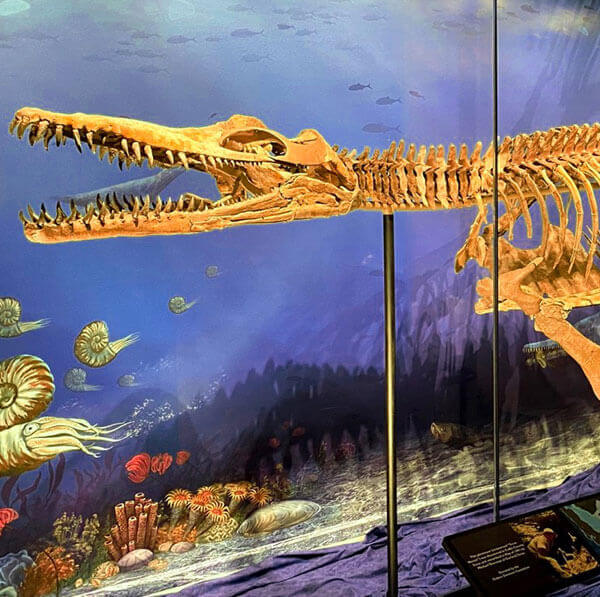
Credit: www.heardmuseum.org
Challenges And Threats
Climate Change Effects
- Warmer temperatures affect turtle nesting grounds.
- Rising sea levels threaten coastal habitats.
- Discuss the impact of erratic weather patterns.
Human Interference
- Highlights dangers from pollution and plastic waste.
- Outlines risks associated with habitat destruction.
Conservation Efforts
Conservation efforts play a vital role in protecting the life cycle of turtles, ensuring their longevity and preservation for future generations.
Protecting Nesting Sites
Turtle nesting sites are safeguarded through beach regulations and monitoring programs to prevent disturbance.
Community Involvement
The community actively participates in beach clean-ups and awareness campaigns to support turtle conservation efforts.
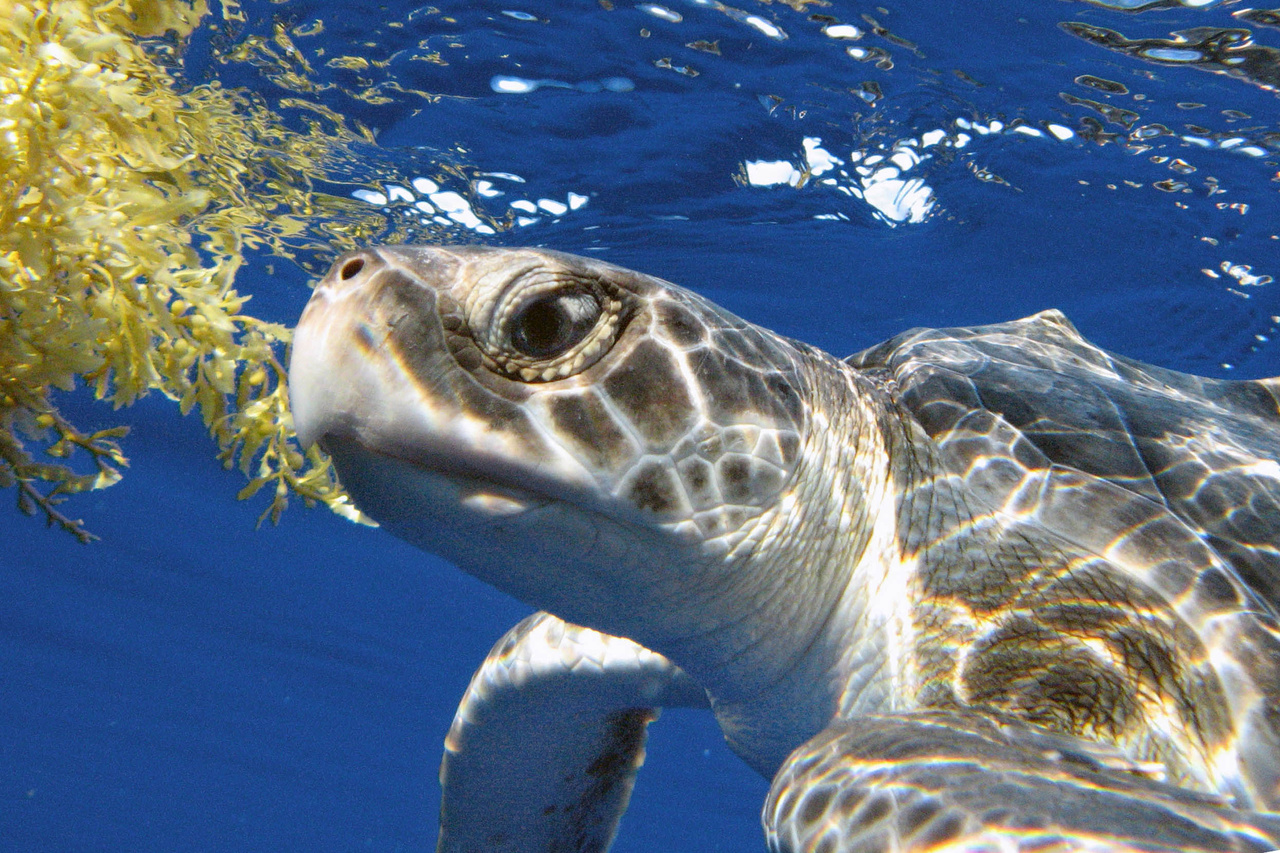
Credit: www.fisheries.noaa.gov
Frequently Asked Questions For A Life Cycle Of A Turtle
What Is The Life Cycle Of A Turtle?
The life cycle of a turtle begins when the female lays her eggs on land. The eggs hatch, and the baby turtles make their way to the water. They then spend their lives in the water, growing and maturing until they are ready to reproduce.
How Long Does A Turtle Live?
The lifespan of a turtle can vary depending on the species. Some turtles can live for over 100 years, while others may only live for around 30 years. Proper care, habitat, and diet can also play a role in determining the lifespan of a turtle.
How Do Turtles Reproduce?
Turtles reproduce through internal fertilization. The male turtle uses his tail to reach the female’s cloaca and transfer sperm. The female then lays her eggs on land, typically in a hole she has dug. The eggs are left to incubate for several weeks before hatching.
What Do Baby Turtles Eat?
Baby turtles have a different diet than adult turtles. They primarily eat small insects, worms, and plants. As they grow, their diet may also include small fish, crustaceans, and other aquatic organisms. It’s important to provide a balanced and appropriate diet for the specific species of baby turtle.
Conclusion
Understanding the life cycle of a turtle sheds light on the remarkable journey these creatures undertake. From hatching to adulthood, each stage is vital for their survival. By appreciating the challenges they face, we can better support their conservation. Let’s protect and preserve the wondrous life cycle of turtles.

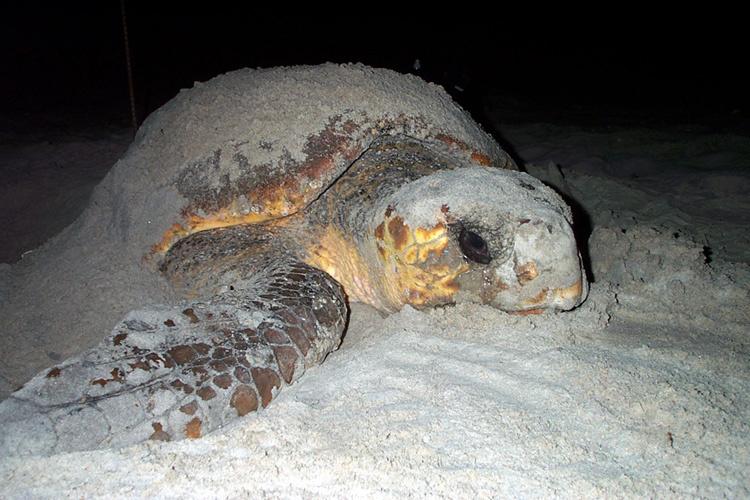

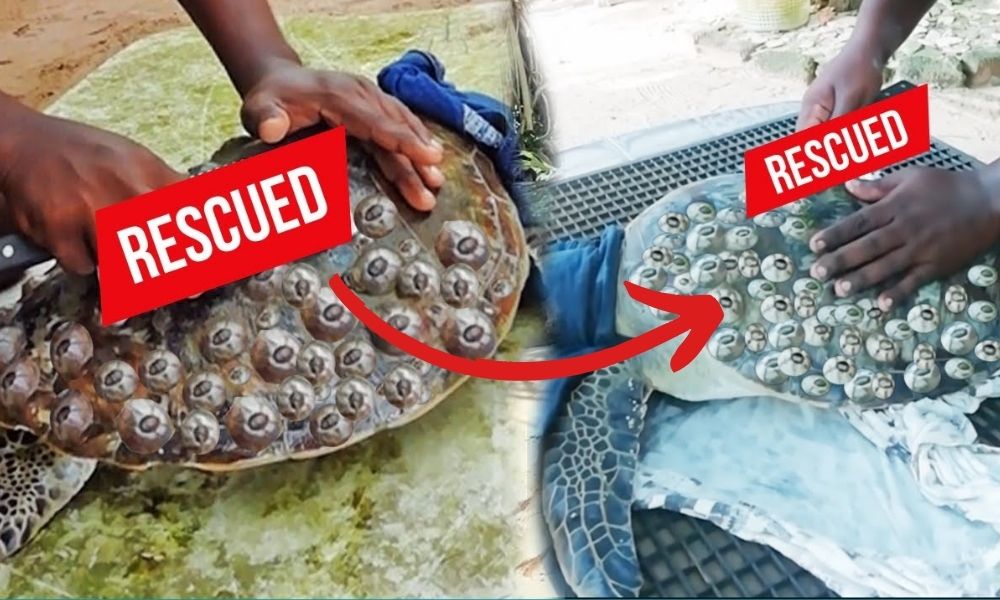
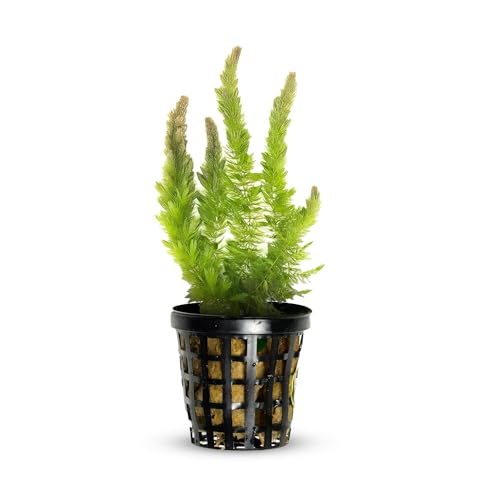
Leave a Reply